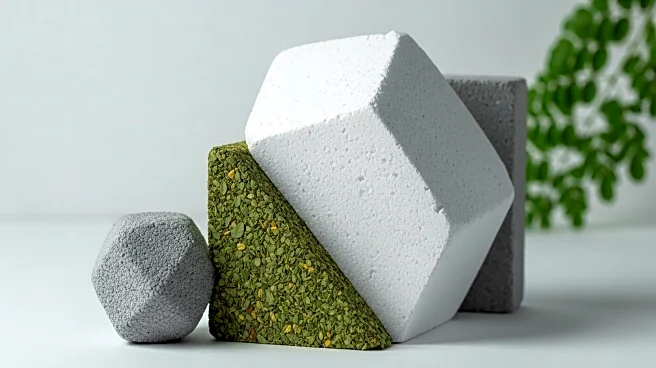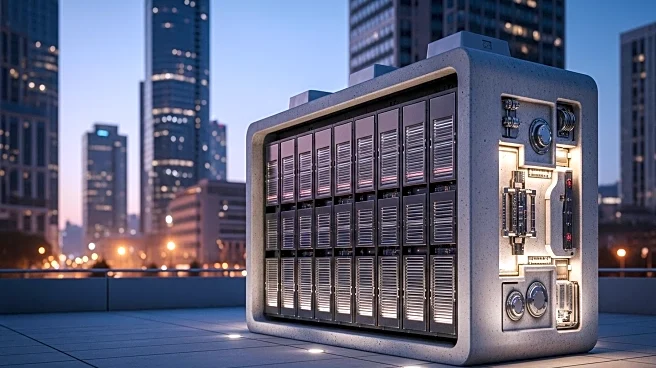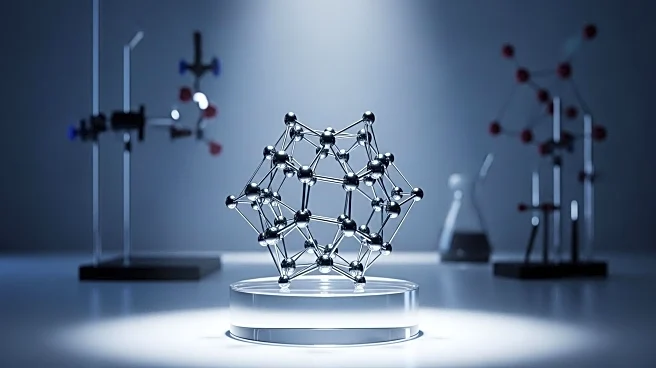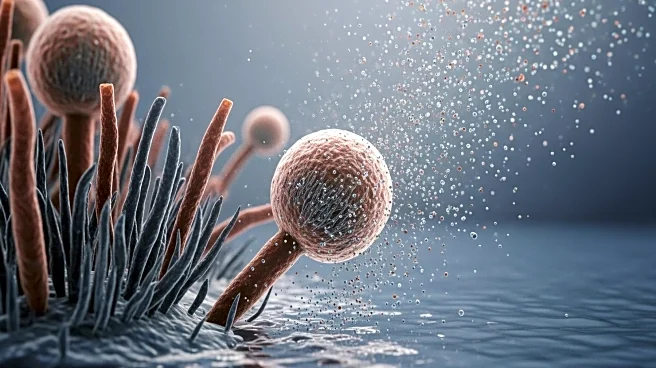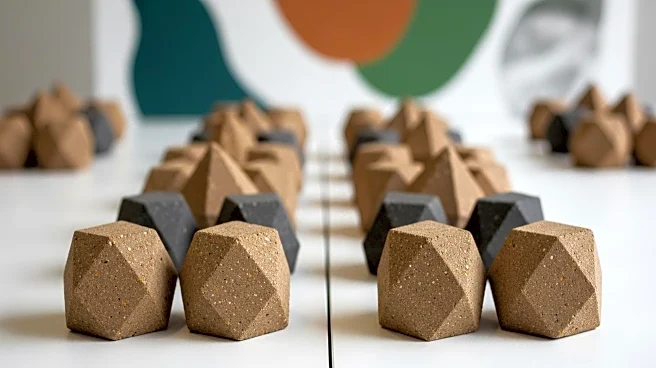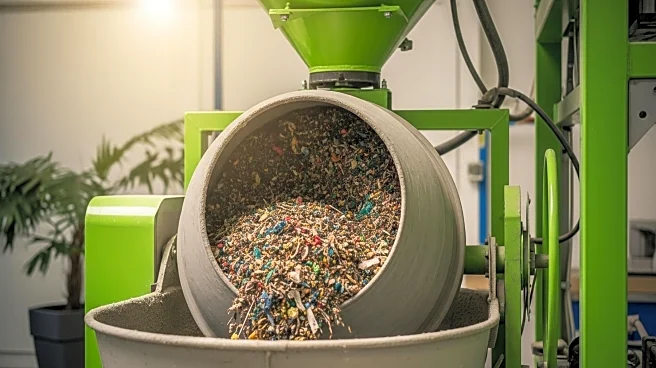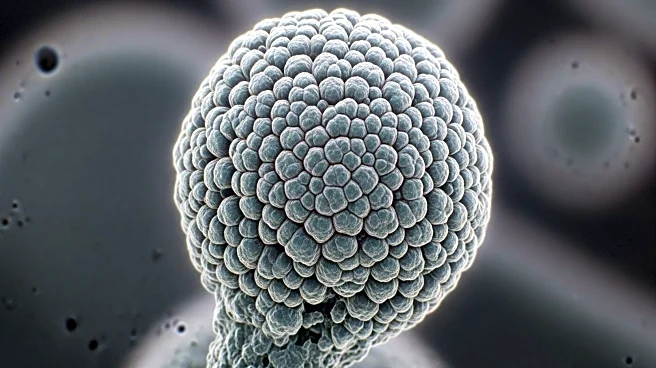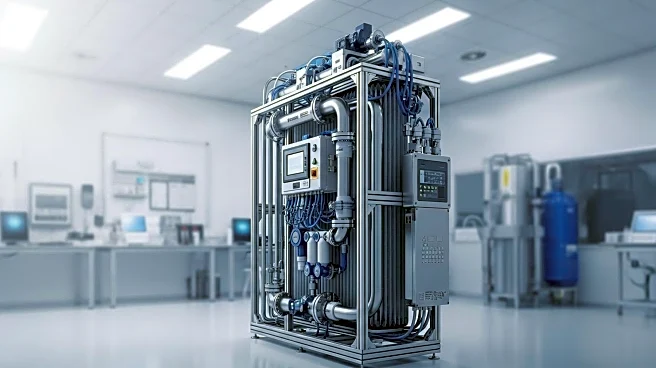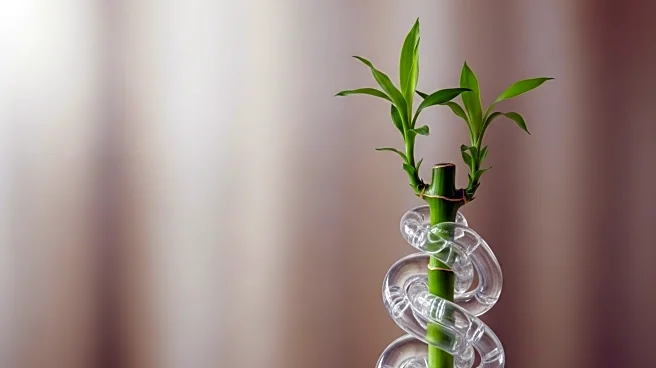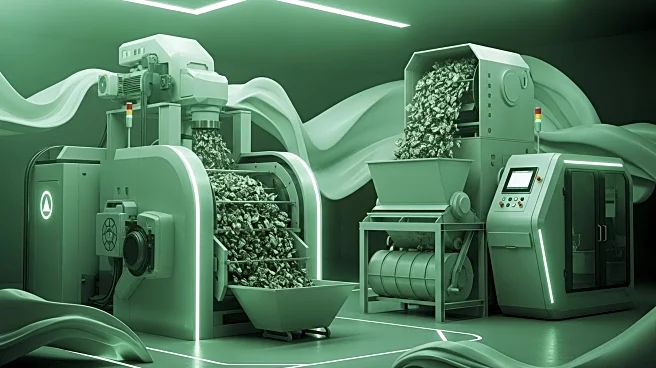What is the story about?
What's Happening?
A research team has developed sustainable slag-based geopolymers incorporating Styrofoam and Moringa leaves ash, aiming to enhance mechanical properties and adsorption capabilities. The study focuses on the compressive strength and porosity of these geopolymers, revealing that while the addition of Moringa leaves ash and Styrofoam reduces compressive strength, it increases porosity. The research highlights the potential of these materials in wastewater treatment, particularly for the adsorption of crystal violet dye. The study also explores the adsorption mechanisms, including physisorption and chemisorption, and compares the performance of these geopolymers with other adsorbents. The findings suggest that the geopolymers developed in this study exhibit competitive performance, achieving a maximum adsorption capacity of 434.7 mg/g for Styrofoam slag-based geopolymer composite.
Why It's Important?
The development of these sustainable geopolymers is significant for the chemicals and plastics industry, as it offers a potential solution for wastewater treatment and promotes the circular economy by utilizing agricultural and industrial wastes. The enhanced adsorption capacity of these materials positions them as effective dye adsorbents, contributing to environmental sustainability by reducing waste sent to landfills. This innovation addresses both environmental and industrial challenges, showcasing the potential for creating sustainable construction products. The study also highlights the need for efficient regeneration techniques to maintain the adsorption capacity and structural integrity of these geopolymers through multiple cycles.
What's Next?
Future research will focus on improving the specific surface area of geopolymers and developing effective regeneration methods. By increasing the surface area, the aim is to enhance adsorption capacity and dye removal efficiency. Additionally, creating robust regeneration techniques is essential to reduce the use of harsh chemicals and energy-consuming methods. The ultimate goal is to develop sustainable regeneration strategies that lower the environmental impact of the process and support the overall sustainability of the dye removal system.
Beyond the Headlines
The study presents a promising approach to sustainable wastewater treatment, promoting circular economy principles using agricultural and industrial wastes. However, evaluating the geopolymer’s ability to regenerate and be reused remains a significant challenge. Developing efficient and cost-effective regeneration solutions is critical to preserving adsorption capacity and structural integrity through multiple cycles. Further research is essential to create such techniques, with careful attention to the environmental impact of the regeneration process to ensure true sustainability.
AI Generated Content
Do you find this article useful?
